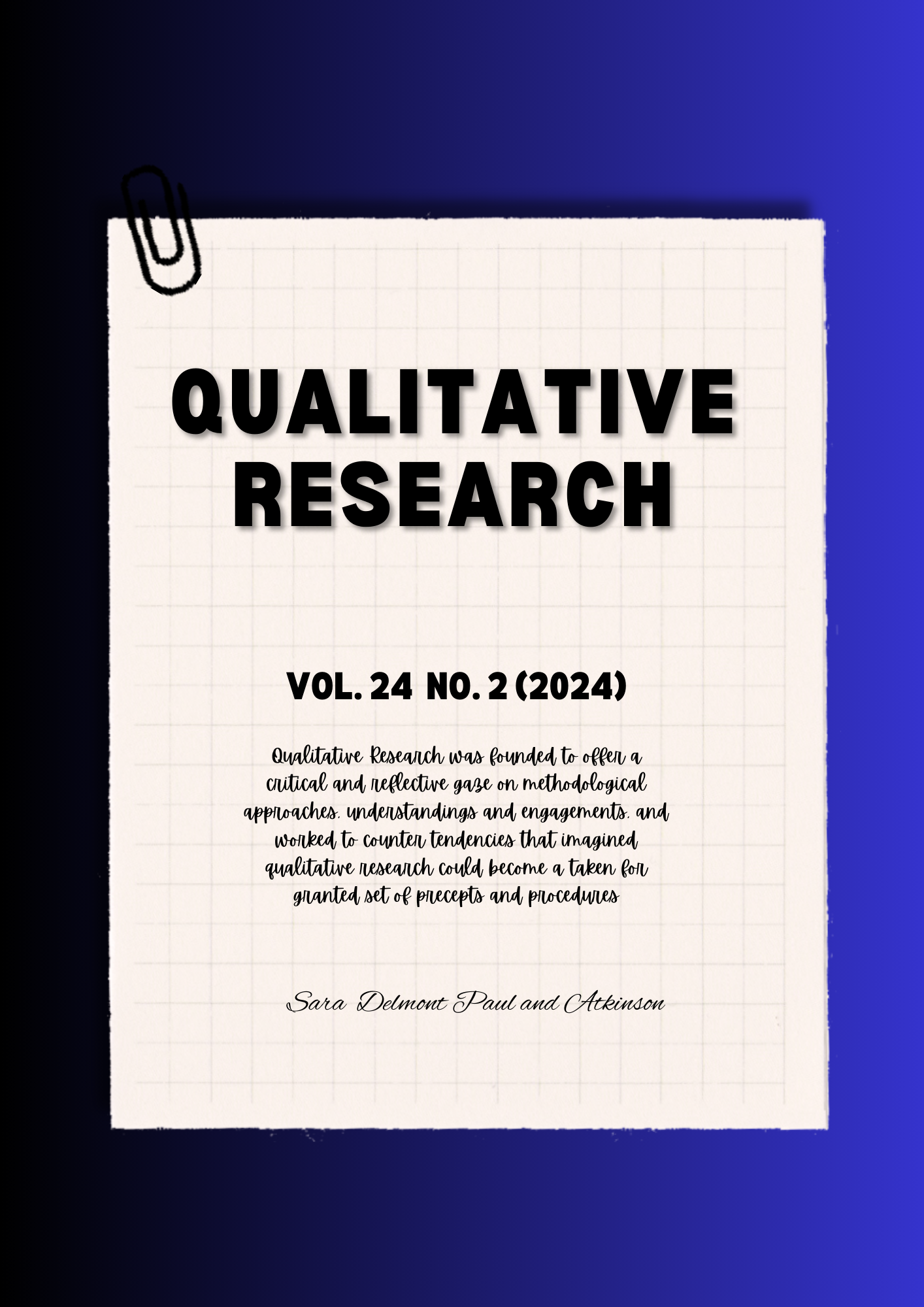Effects of Resistance and Strength Training on the Serum Calcium Level of Male Elite Football Athletes
Main Article Content
Abstract
The purpose of the study was investigating the impact of resistance and strength trainings on the serum calcium indicators in male elite football players living in Peshawar division, Pakistan. 90 subjects aged between 14-23 years were selected for the study and divided into three equal groups: resistance training group, strength training group, and control group. A 12-week exercise regime was applied. The main emphasis was placed on the blood markers of bone health. Specifically, the current study explores the level of calcium in the blood serum. The results showed significant changes in serum calcium levels post-intervention. In the RTG, the mean serum calcium level increased from 8.480mg/dl (SD = 0.273) to 10.596mg/dl (SD = 0.212). In the STG, the mean serum calcium level changed from 8.460mg/dl (SD = 0.272) to 9.490mg/dl (SD = 0.323), while in the CG, it remained relatively stable, from 8.463mg/dl (SD = 0.274) to 8.456mg/dl (SD = 0.273). The ANOVA results indicated a significant difference in serum calcium levels between the groups post-intervention (F = 459.171, p < 0.001). Tukey's HSD test revealed significant mean differences in post-intervention serum calcium levels between the RTG and STG (mean difference = -2.140, p < 0.001), the RTG and CG (mean difference = -1.033, p < 0.001), and the STG and CG (mean difference = 1.106, p < 0.001). In conclusion, the study demonstrated that both resistance and strength training have a significant impact on serum calcium levels in male elite football athletes, with resistance training showing a greater effect compared to strength training. These findings underscore the importance of tailored exercise interventions in enhancing bone health among athletes.
